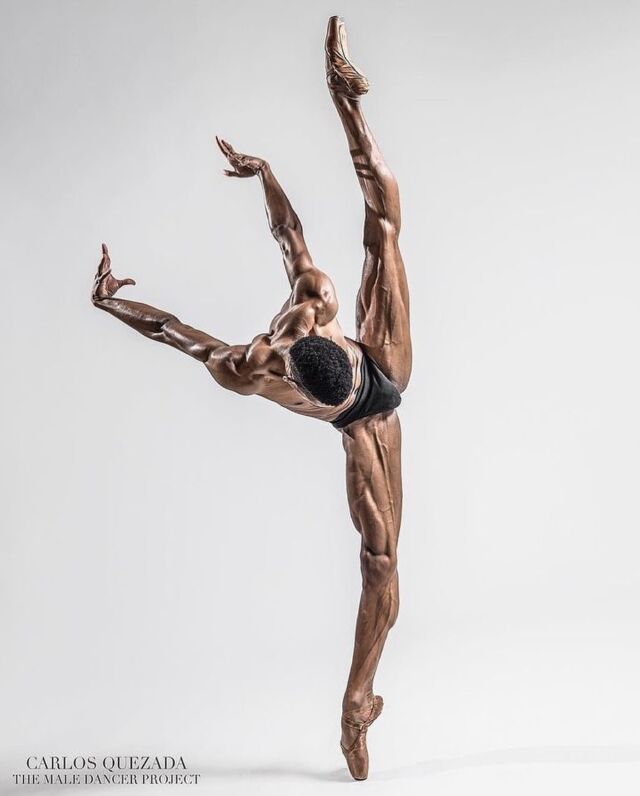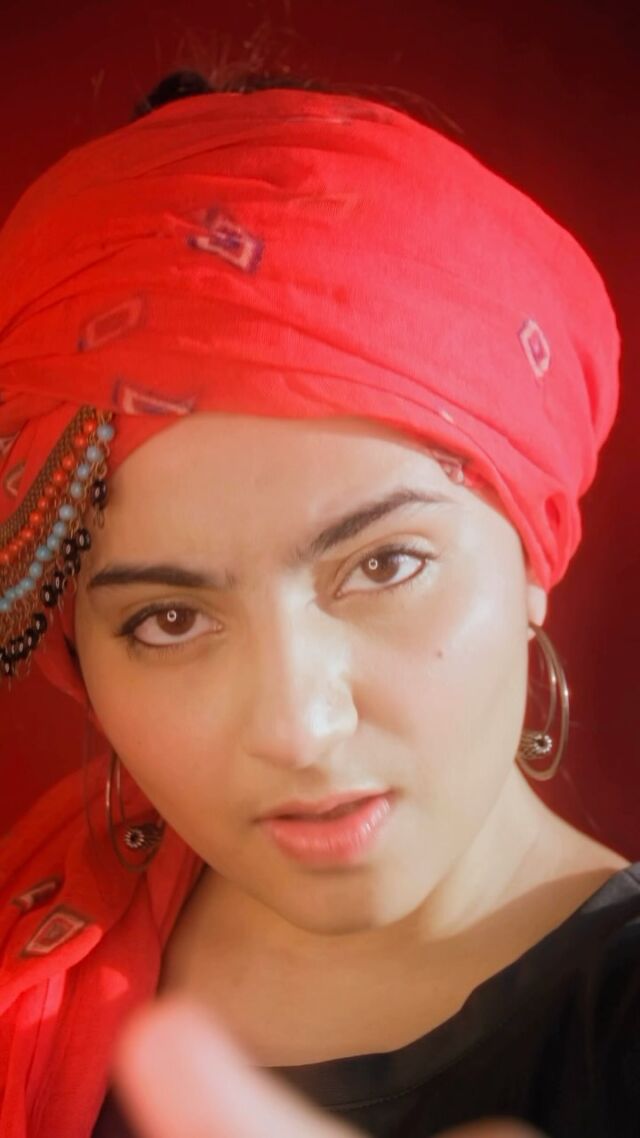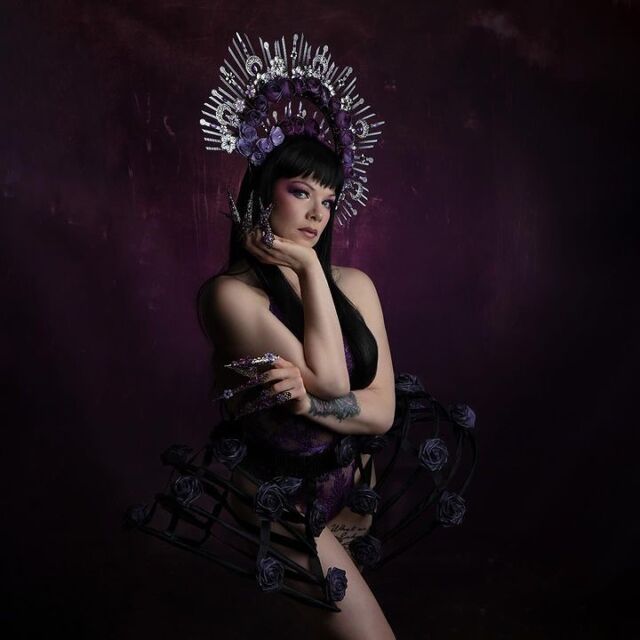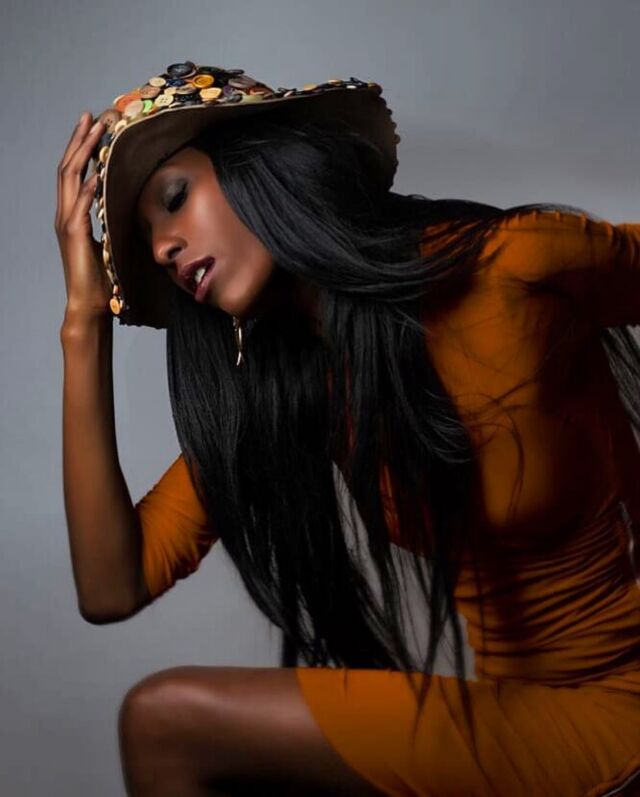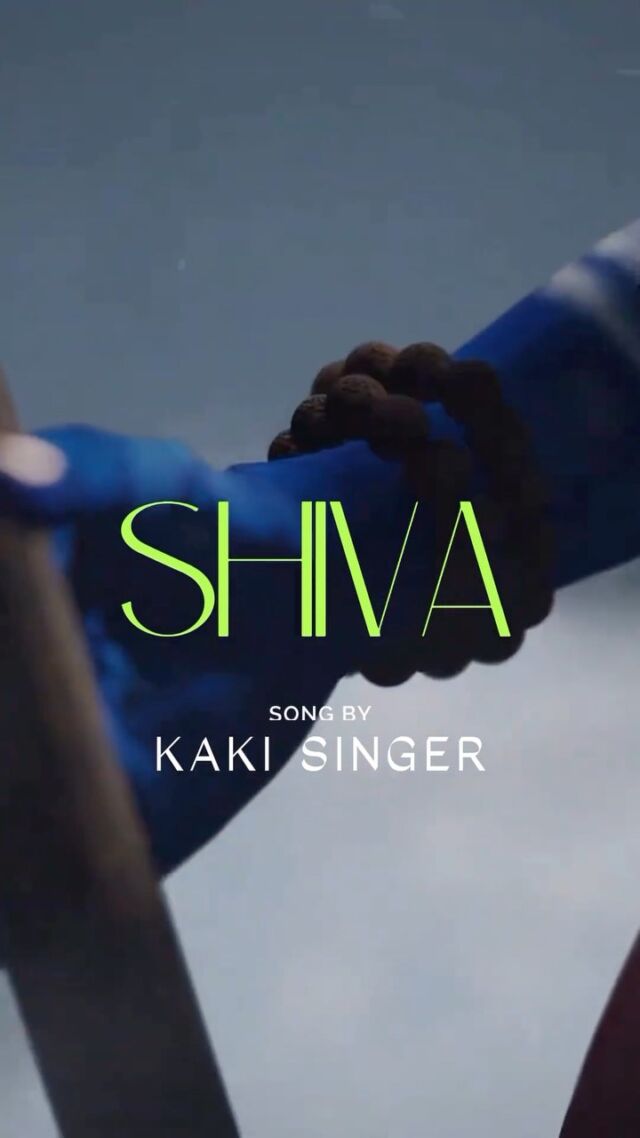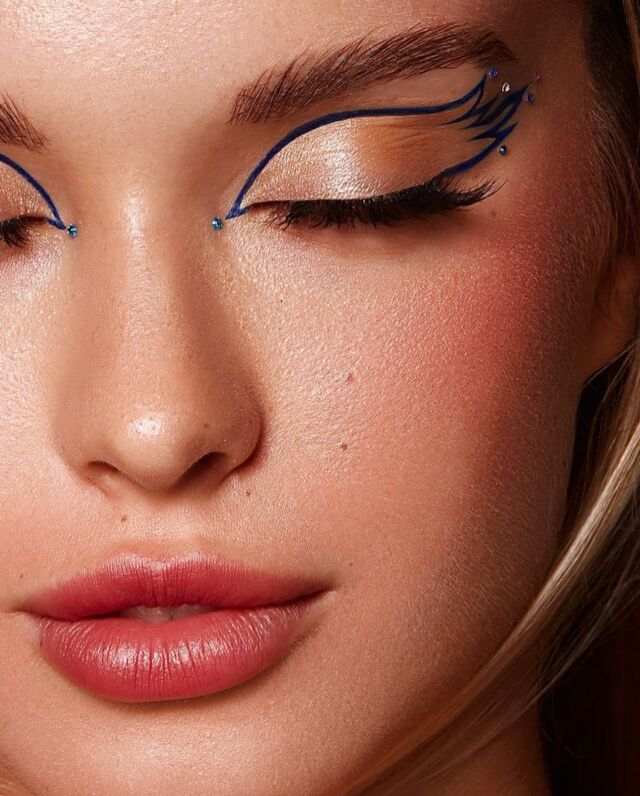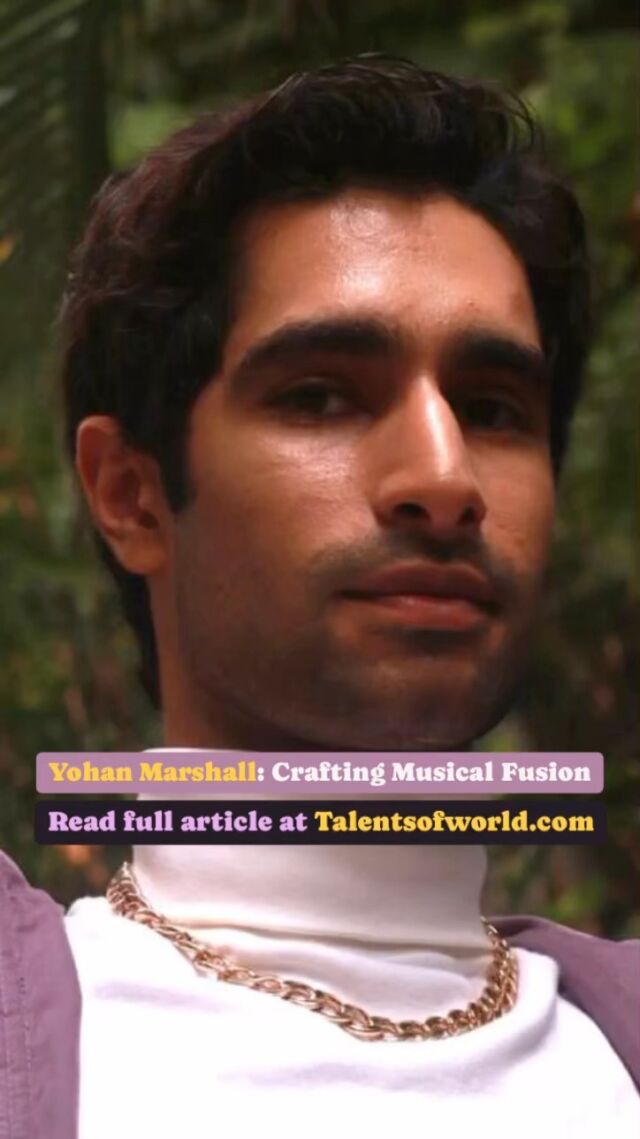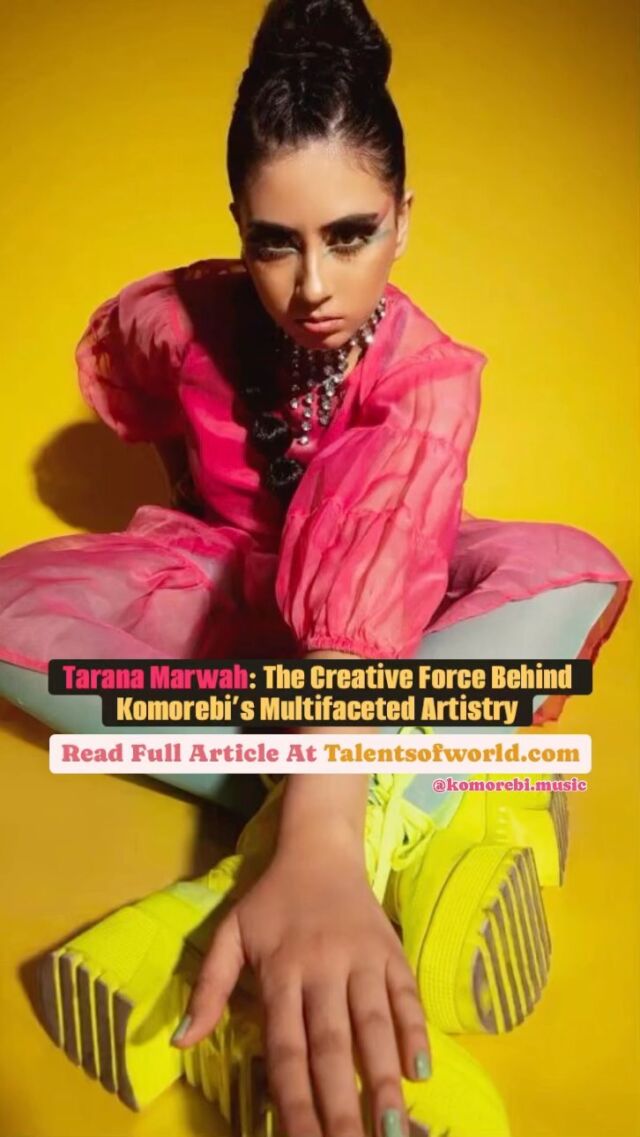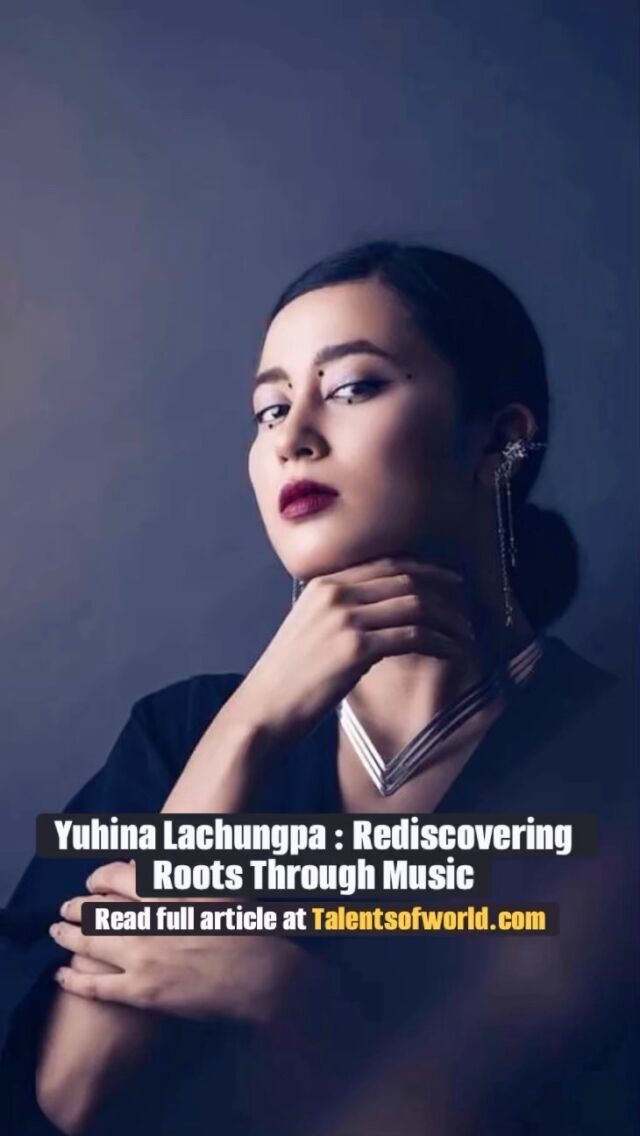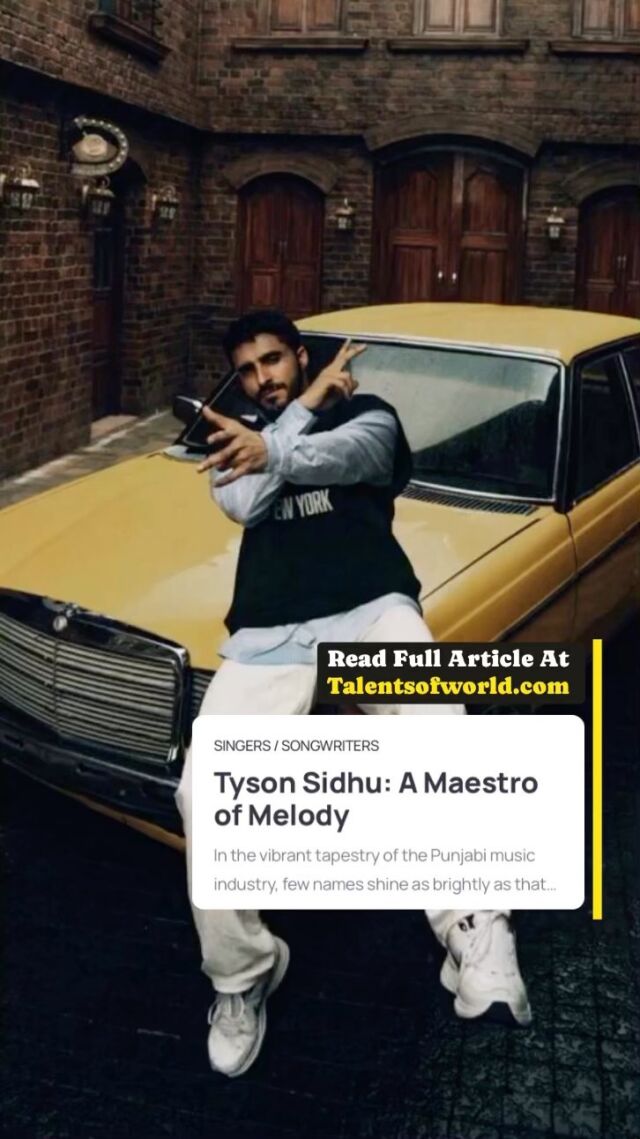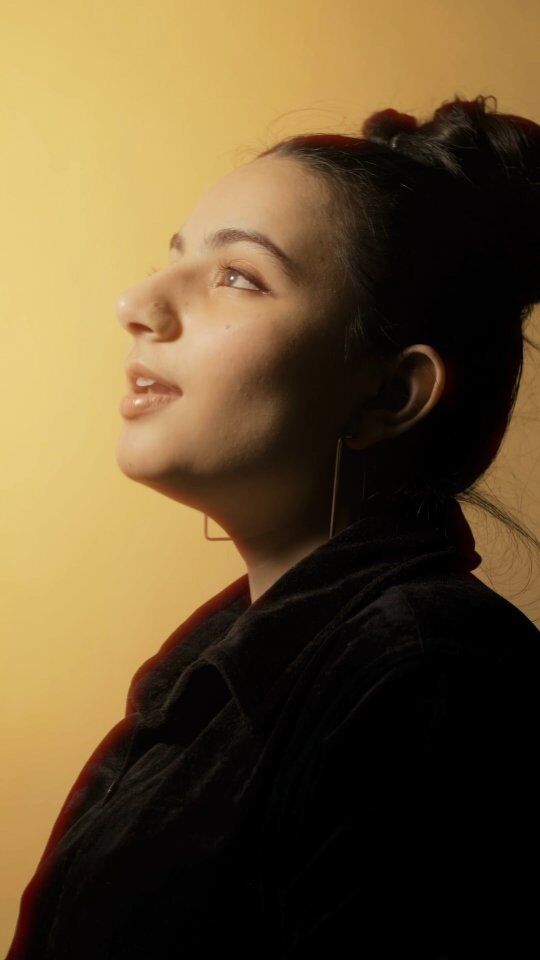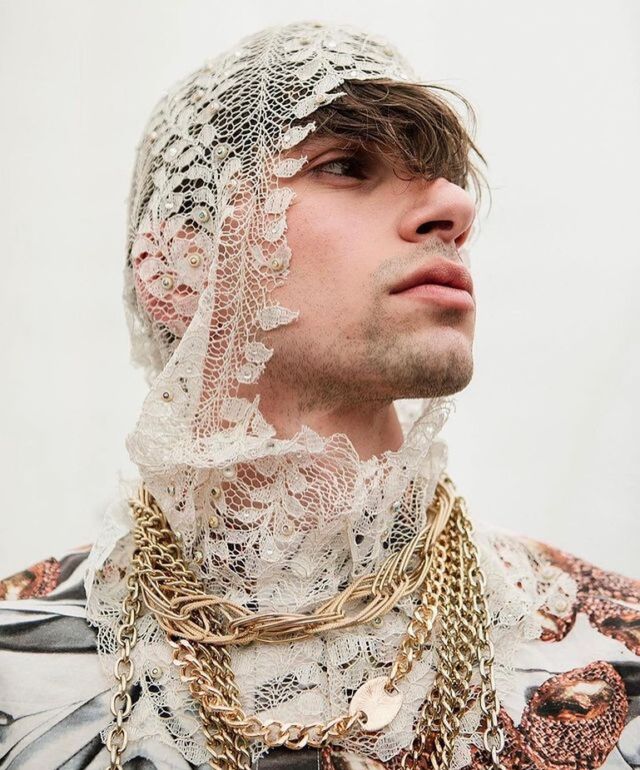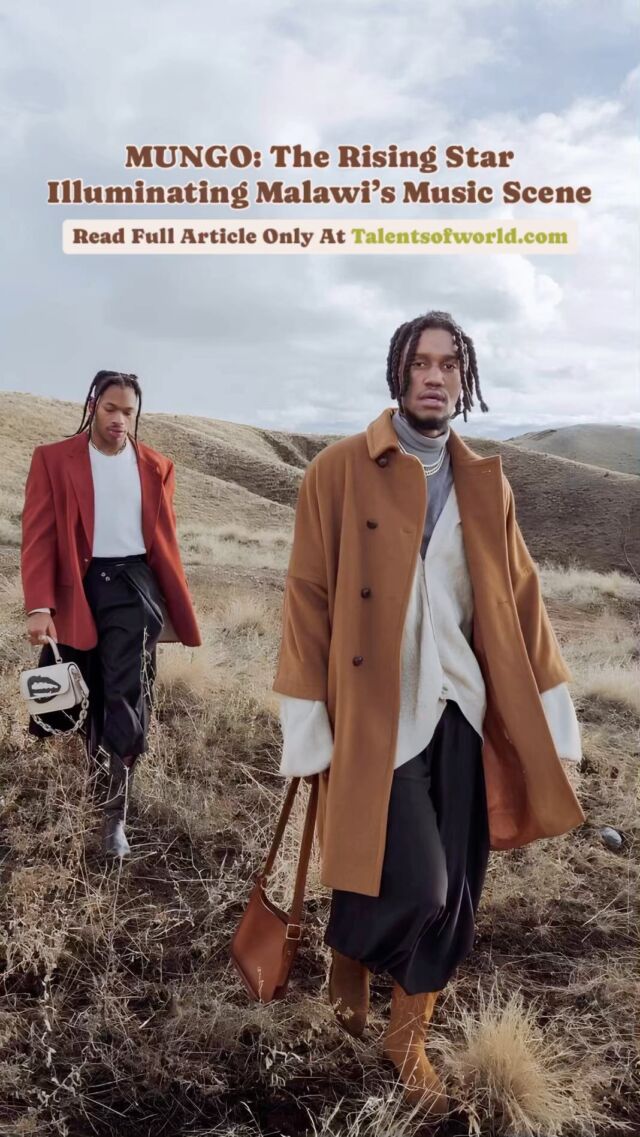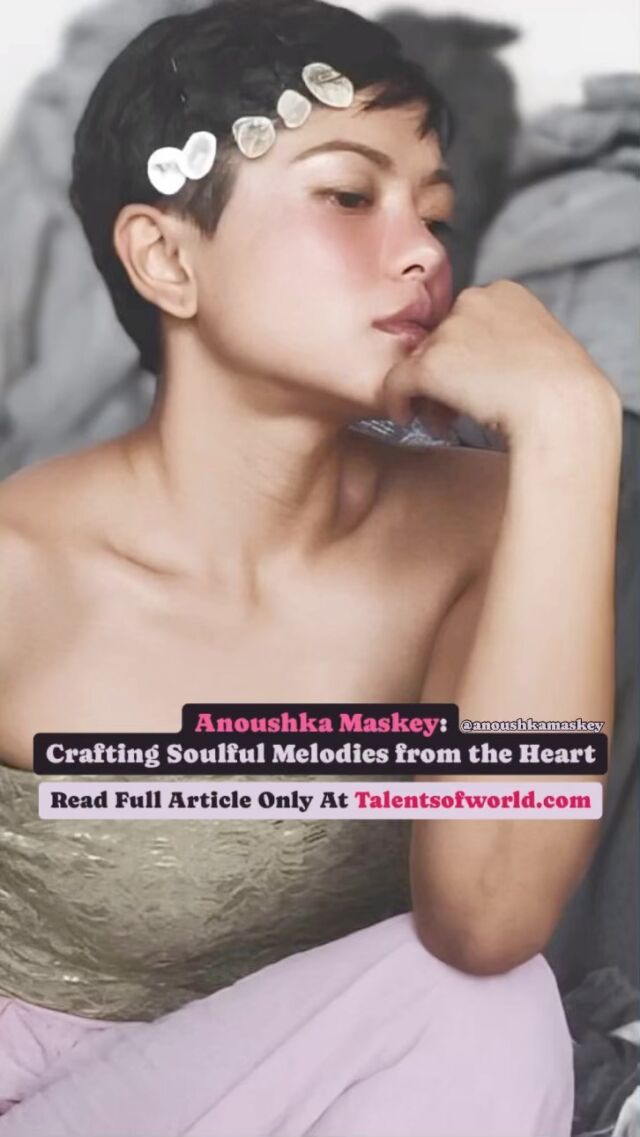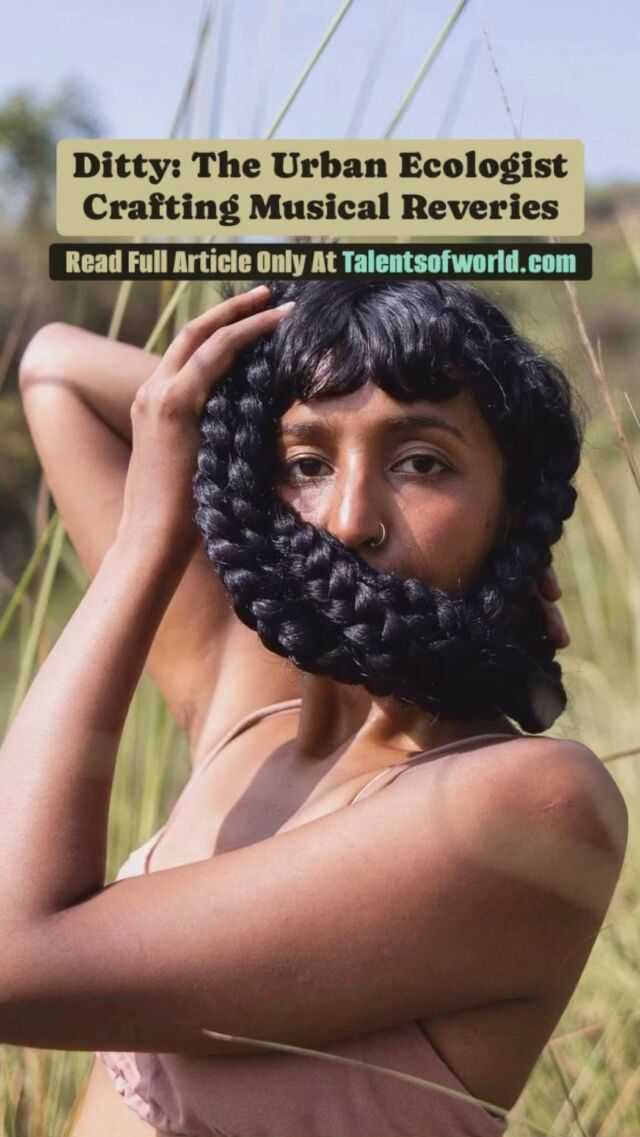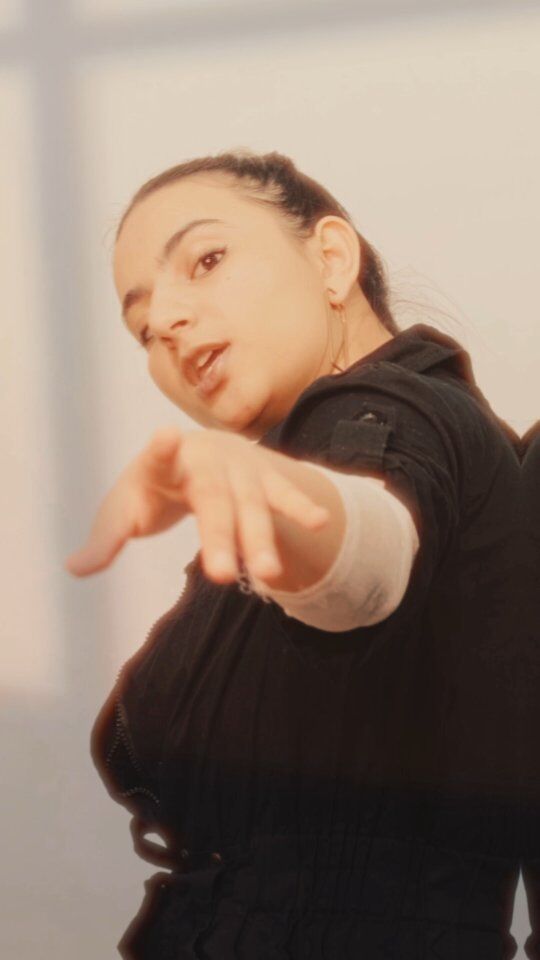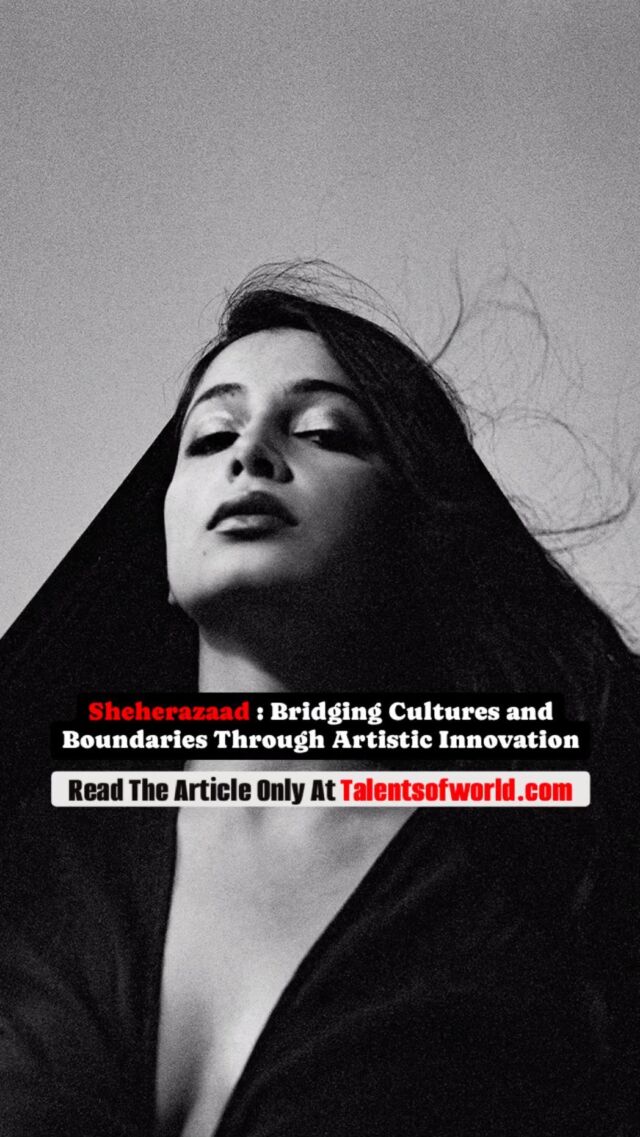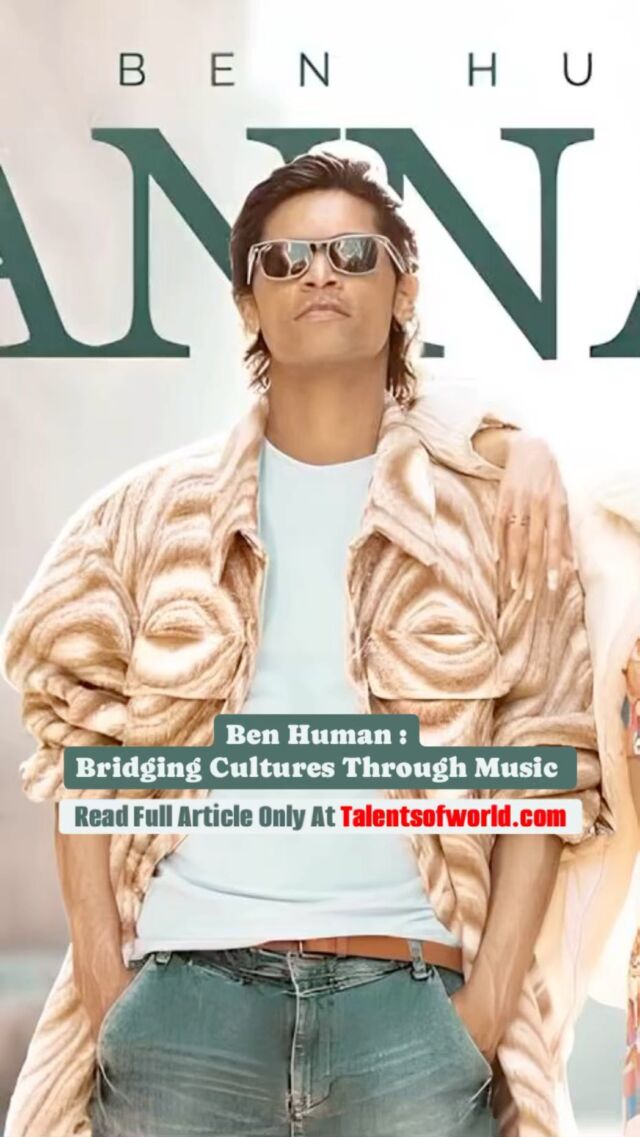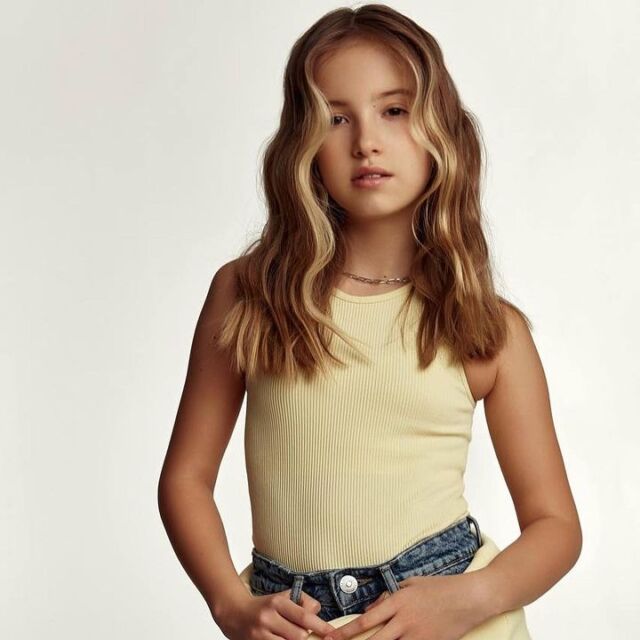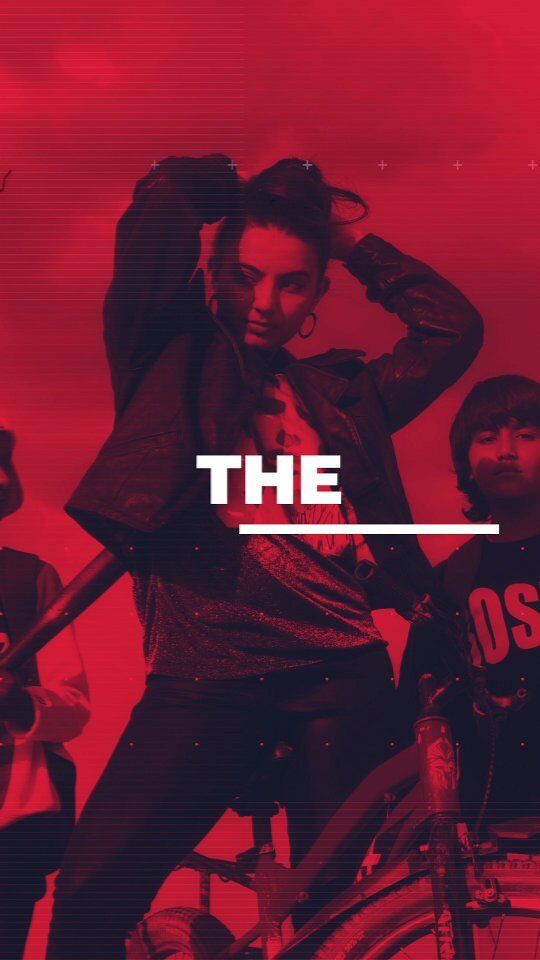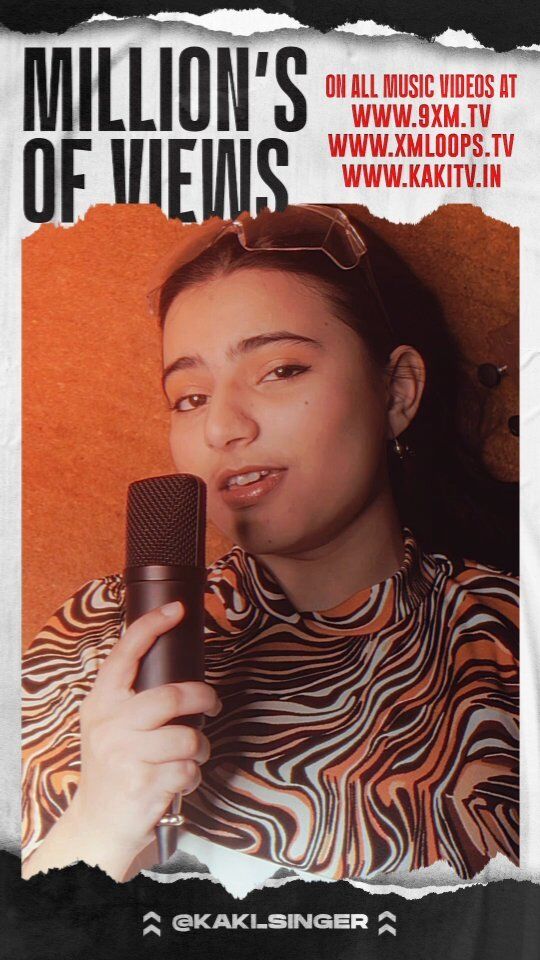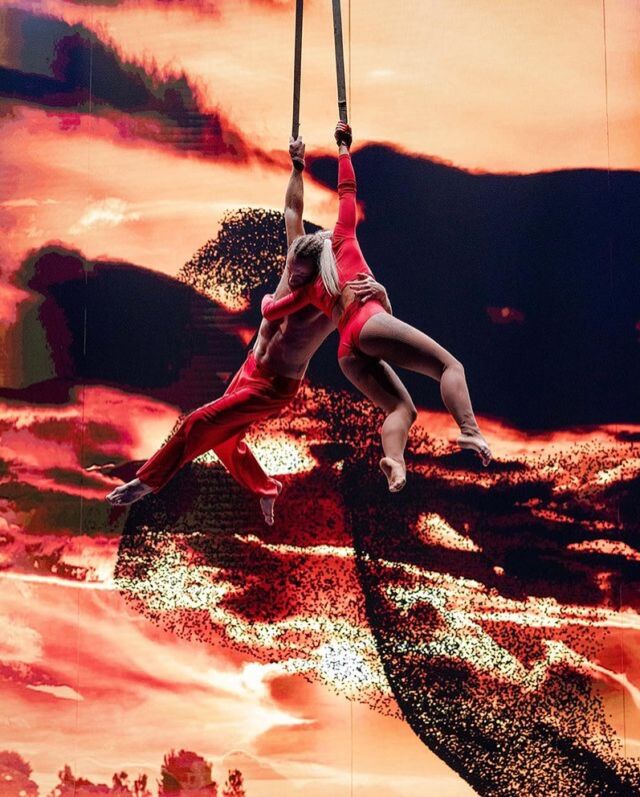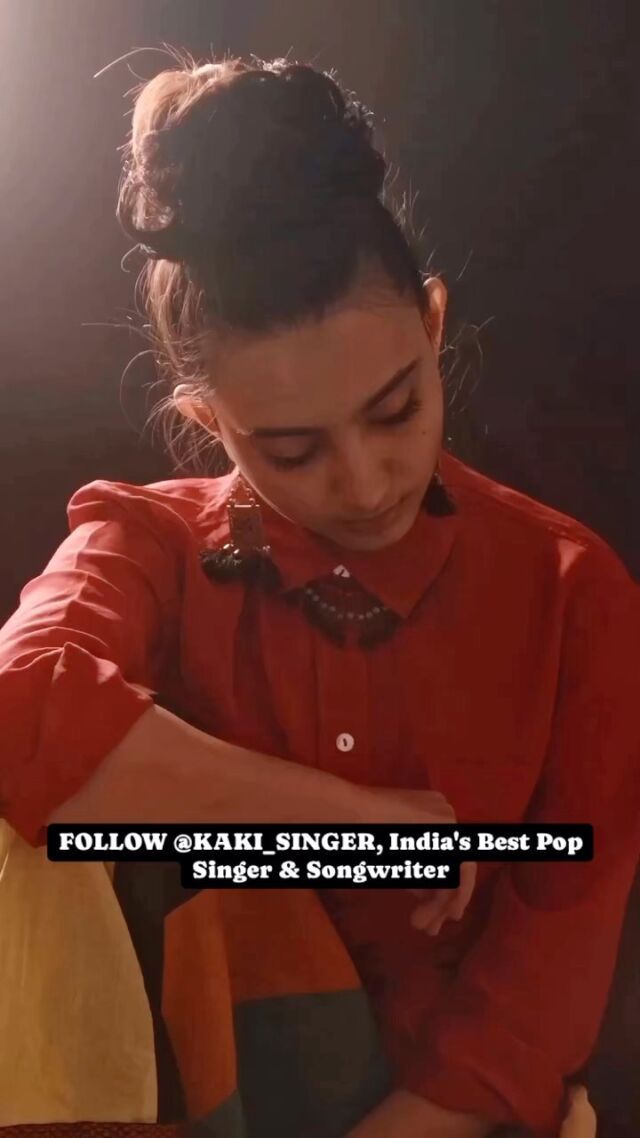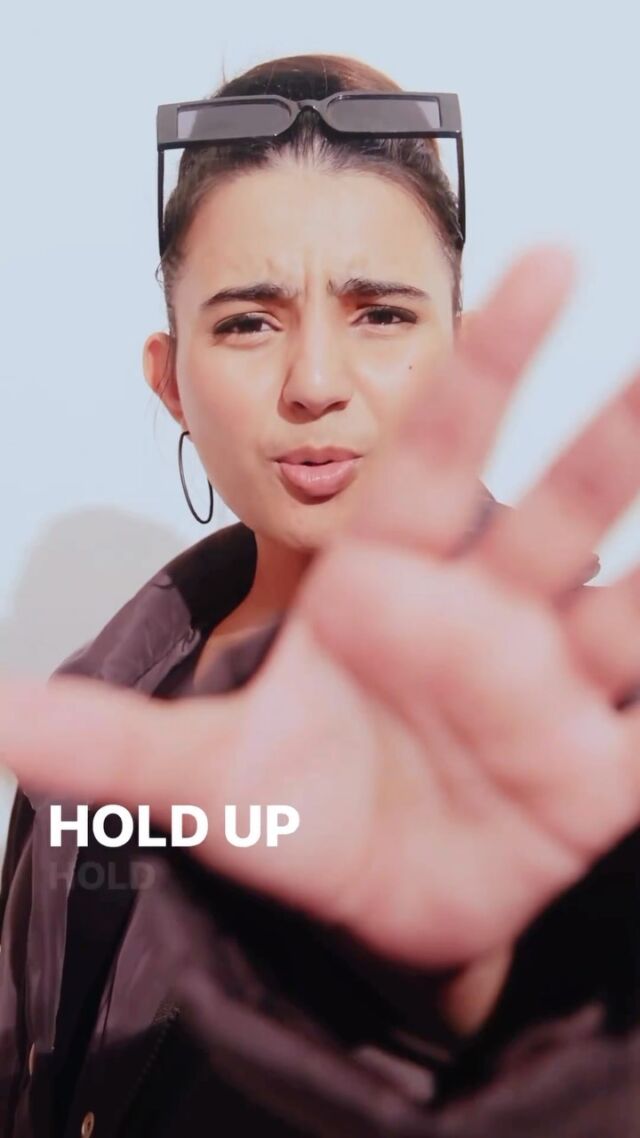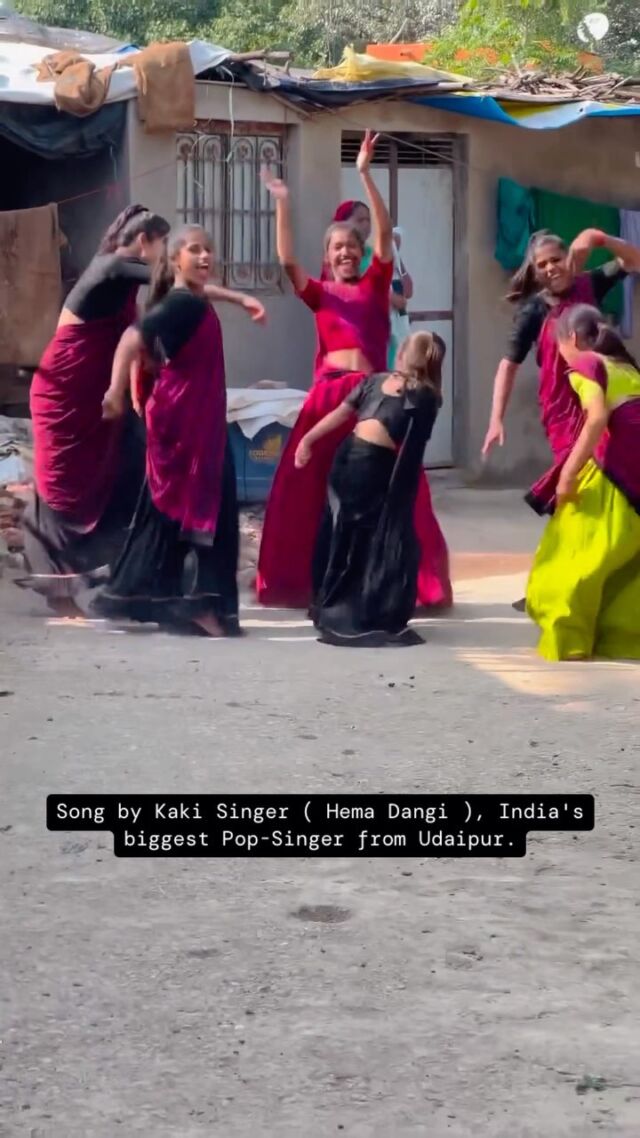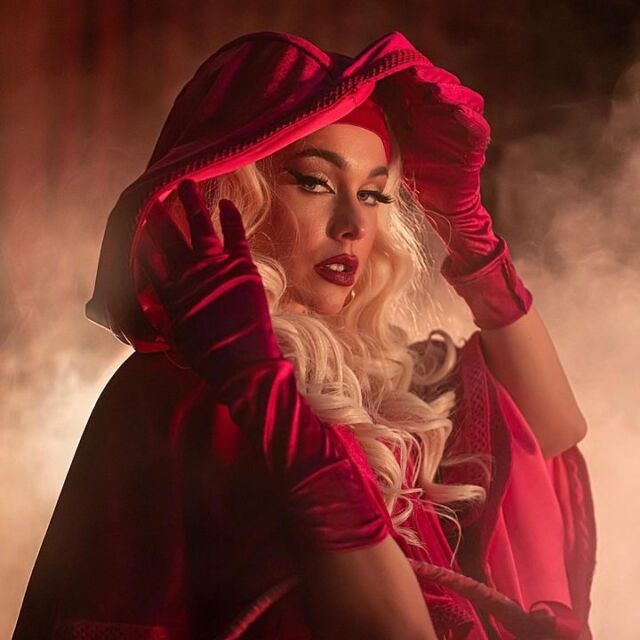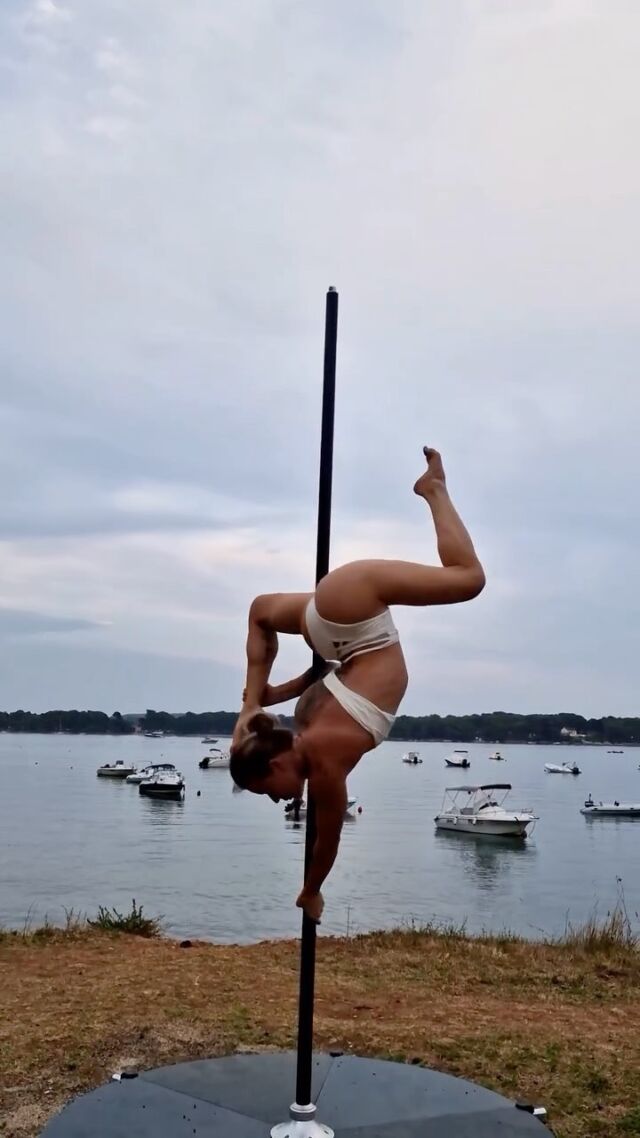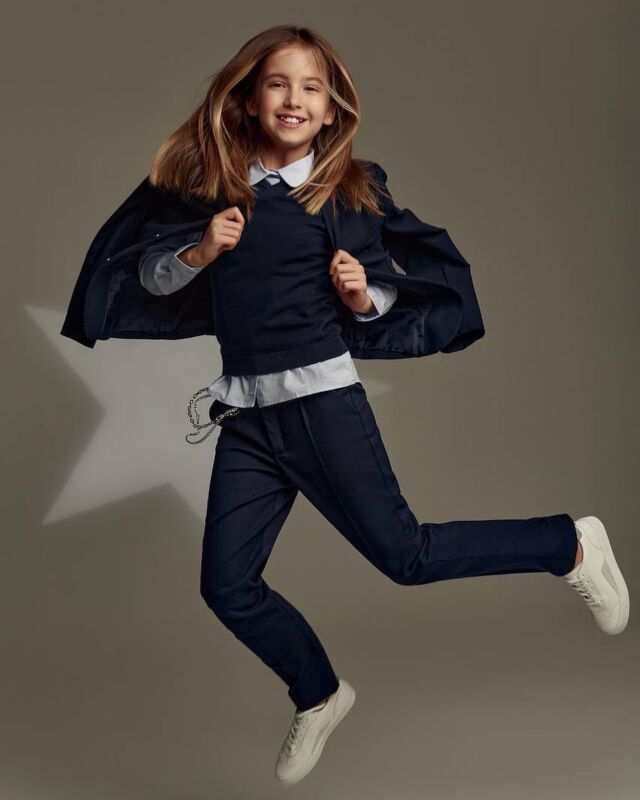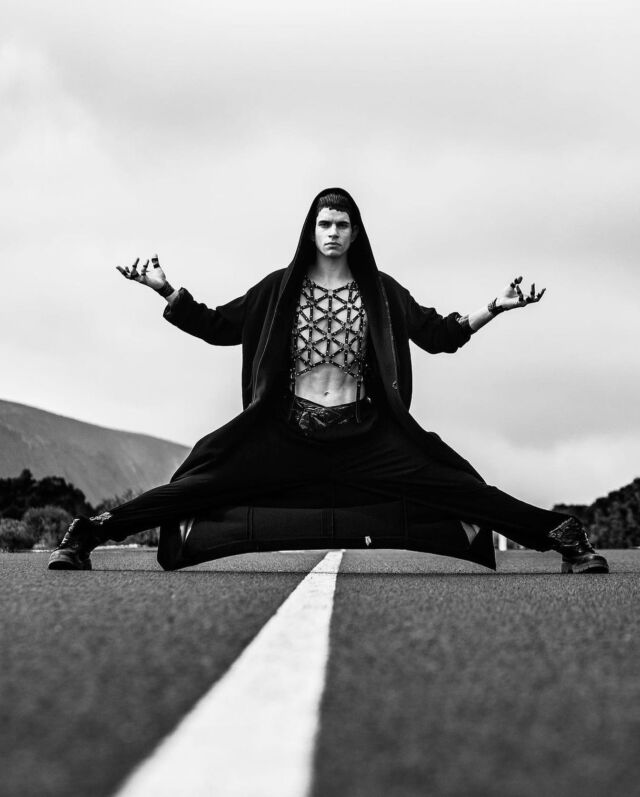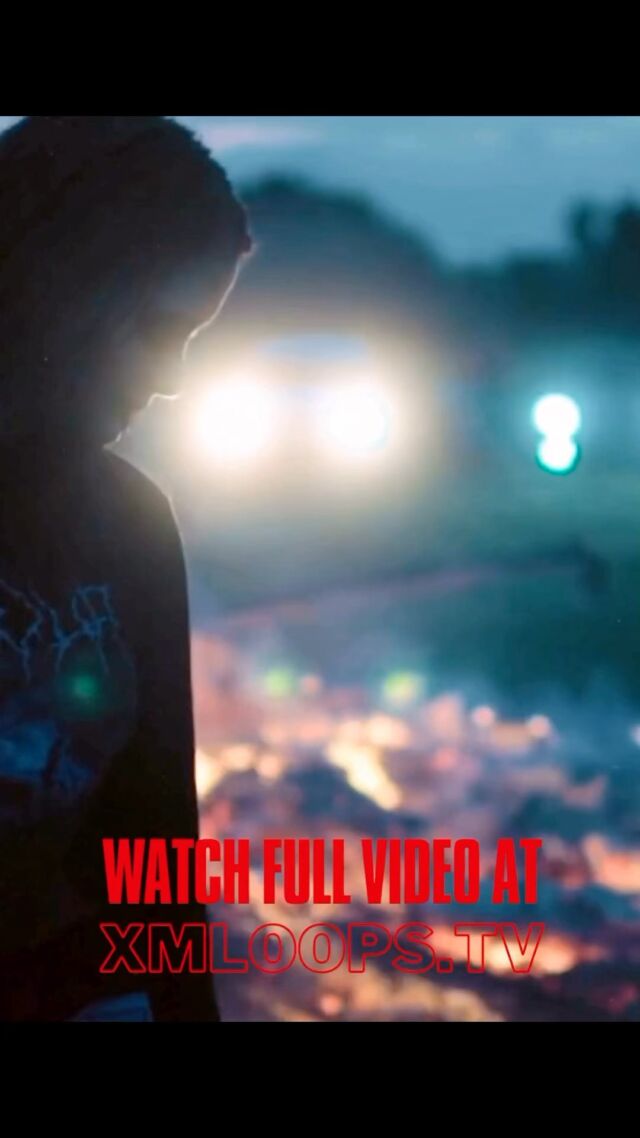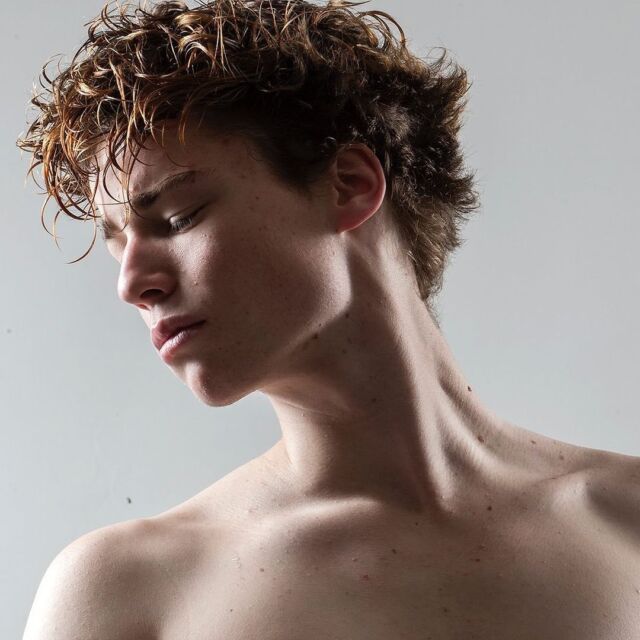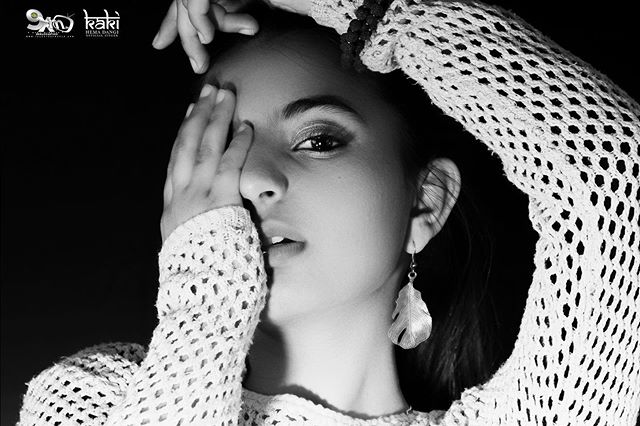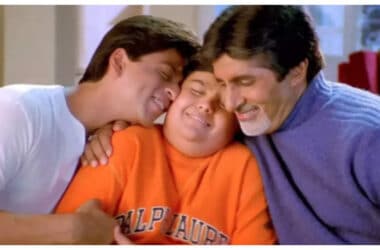Before the Balenciaga show, Demna, the mononymic creative director of the brand, went shopping.
Specifically, he bought 800 different objects on eBay, which he haunts for the porcelain figurines, lace napkins and antique fabrics he collects. But he didn’t buy the 800 pieces for himself: He bought one for each guest at his show. The items arrived, along with the bills of sale, as part of their invitations. (I got a little purple glass vase adorned with china flowers that cost about 14 euros ($15); a retailer I know got a Radiohead CD; and one American Vogue editor got a copy of Vogue from 1995.)
The point was not the expense. The point was to consider the hours and attention required to handpick that many different objects for that many people, and how it was an investment of a different kind: Which was the greater luxury? It set the scene for a very clever show about the passing of time, value and the mystery of provenance that signaled a return to form after a few seasons in which Balenciaga and Demna seemed stuck in a creative holding pattern after an unexpected scandal sent them into a defensive crouch.
Conventional wisdom has it that when political and economic storm clouds loom, people are drawn to the comfort and safety of the familiar. To clothes that don’t demand too much.
The Balenciaga show suggested the opposite should be true. That, in fact, when the world is roiled by uncertainty, it’s not a retreat to the known that is desirable, but a different idea. Forget smartphones. These were smart clothes.
Not in the they-do-it-for-you sense of technology, or the costume-y sense of librarian glasses-and-cardigans, or the academic I-read-Heidegger-in-bed, but the yeah-there’s-something-going-on-up-top, get your brain juices flowing, sense. Imagine a dress (or pants or shirt) that celebrates the beauty of using your head. Of engagement.
Such was the case anyway with Jonathan Anderson’s terrific Loewe collection, an exercise in free thinking framed like a gallery opening. Mr. Anderson had created a pop-up as a show venue, featuring 18 works by the 20th-century American painter Albert York, who specialized in small oil paintings of the natural world (landscapes, flowers, a cow or two). It was like a stream of consciousness in fashion form on class, heritage and modernity; the stuff we inherit, the identities we claim and what exactly “wealth” means.
Money has been undercurrent in the season; at Vaquera, the designers Patric DiCaprio and Bryn Taubensee made it the title of their show, and then graffitied dollar bill prints all over, playing with the party clothes of the 1 Percent; at Rabanne, Julien Dossena grunged up his chain mail. But Mr. Anderson gave it a slyer, subtler spin.
His variables were the trappings of aristo country house heaven — tapestries, china place settings, chintz, mahogany — appropriated and redefined. One classic overcoat sported a baroque silver-gilt collar that turned out to be wood, carved like the legs of a Chippendale chair. Sweatsuits came in woven jacquard featuring fowl and dogs from old hunting scenes; jeans were swagged like the most elaborate brocade curtains. A handbag was shaped like a bunch of Limoges asparagus. An Etonian tailcoat that looked like it was made in nubby bouclé was actually entirely covered in caviar beading, as were the pinstripes of mourning suit pants.
Was their ka-ching in the craft or the references? Each was an awfully gentle piece of subversion: easy to wear, hard to untangle. Like: Oh, I just threw this on after an afternoon eating olives and contemplating Thomas Piketty.
Practically a thought unto itself, just as the looks were at Balenciaga, where the show venue was lined with multiple screens. Images first fast-forwarded through a day, the sun rising and setting over mountains and lakes, then flashed quicksilver by cafes, streets and monuments, then moved on to an evermore frenzied medley of social media screenshots before disappearing in a shower of white sparks, like a visual expression of white noise. Some of the imagery was real, some was A.I.-generated fake; it was on the viewer to spot the difference.
Amid it all came simulacrums of the familiar that turned out to be not familiar at all: elegant archival Balenciaga evening gowns that used shoulder pads as hip pads (“Hipaulettes,” Demna said after the show). They created the concave silhouette of a 1950s Richard Avedon model; silk crushed into wrinkles, like permanent memories.
One little skirt suit had a backpack for the top and a split messenger bag for the mini skirt. A halter dress was made by slicing the arms off a jacket or a button-up shirt, but leaving the collar whole; a lacy lingerie dress came from multiple pieces of actual lingerie.
Some of the clothes had Balenciaga tags still attached, a sly nod to the ready-made, the positioning of the entry-level lipstick as a gateway drug to luxury, social stereotype and the way brands are used as flags of identity. “I don’t like, you know, when people put tags on me,” Demna said. “I’d rather put it on myself.” Interesting.
Source link


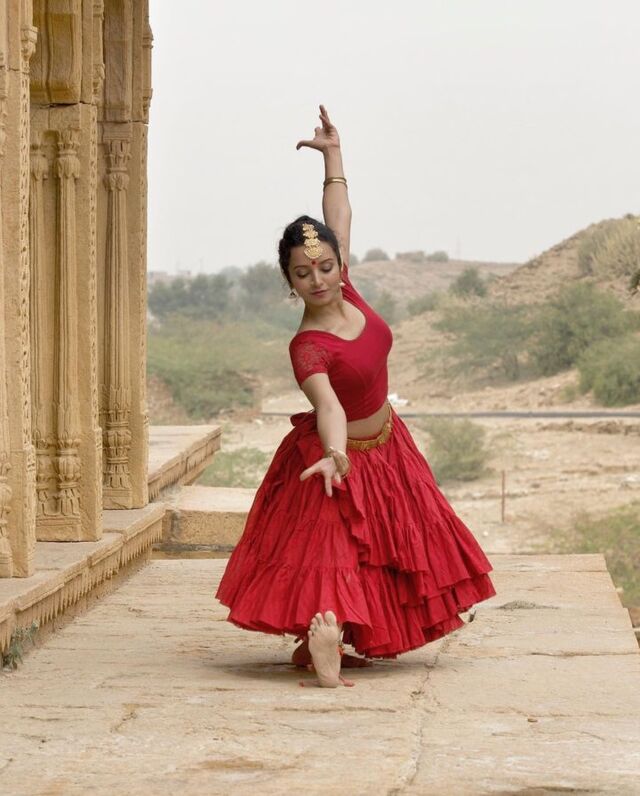
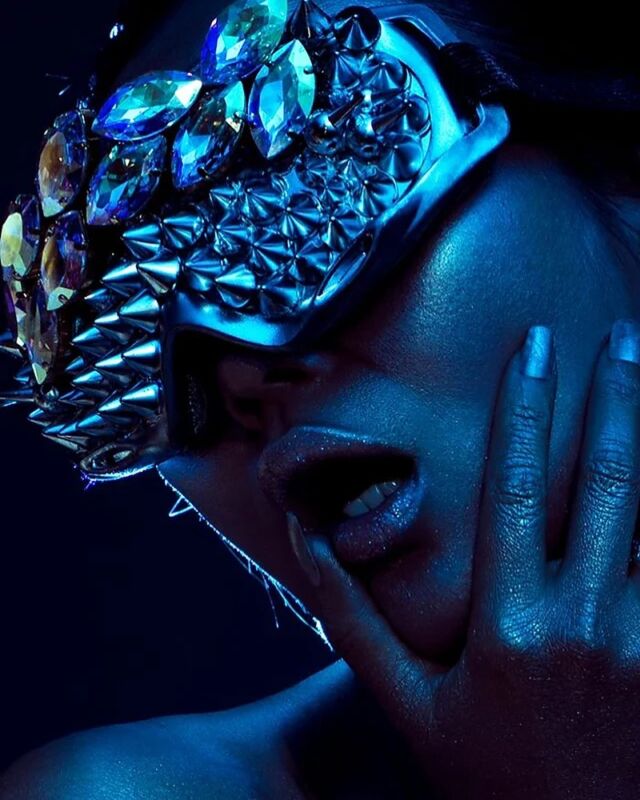
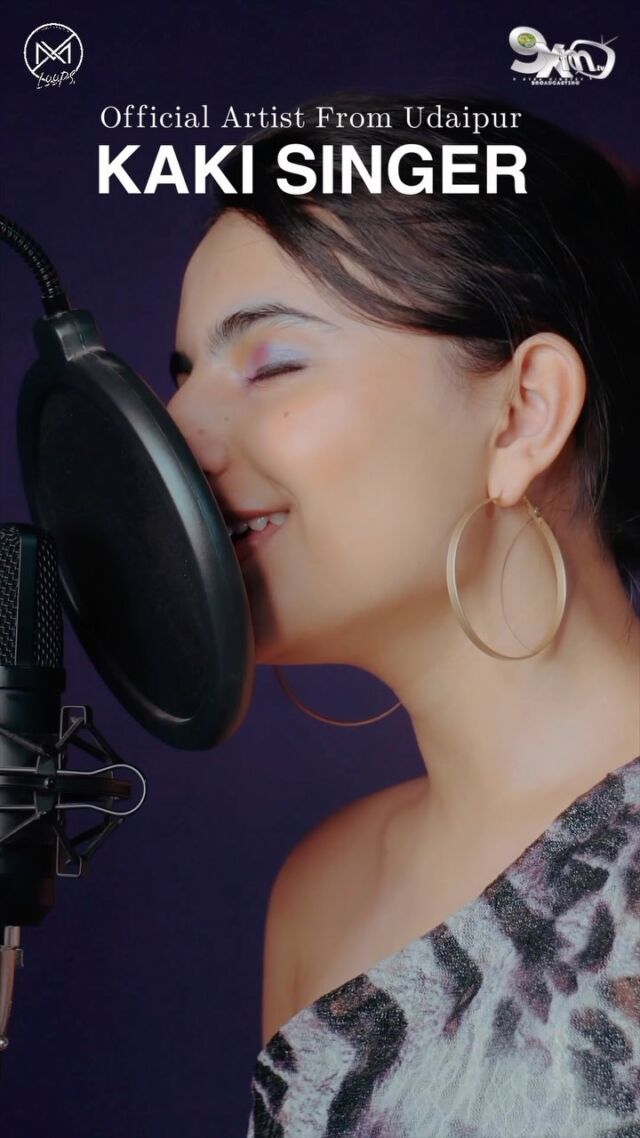
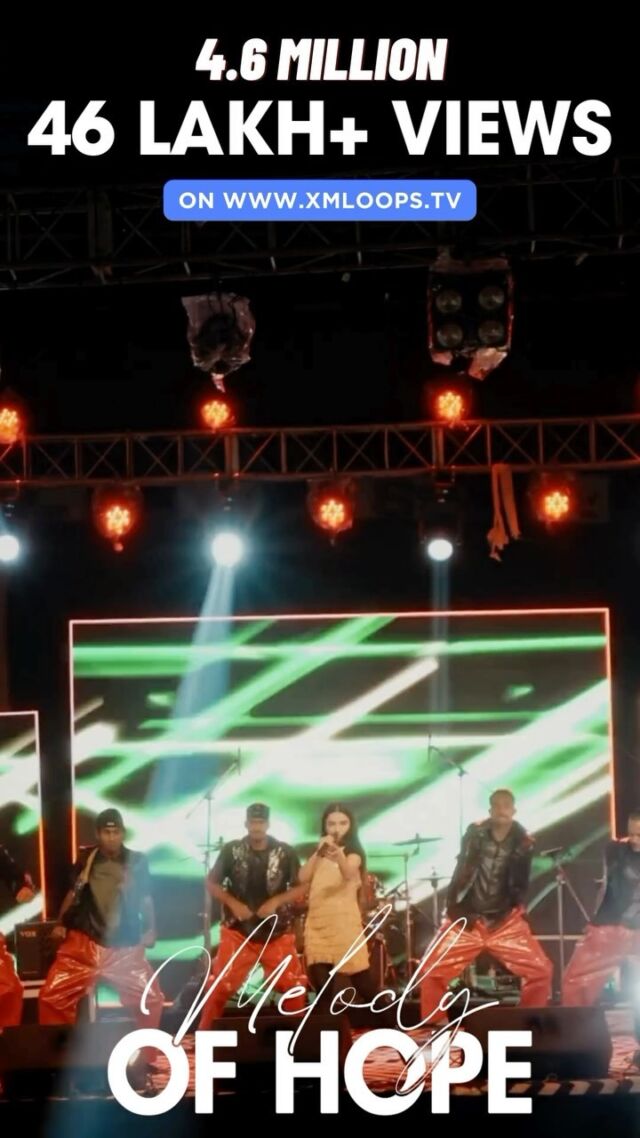

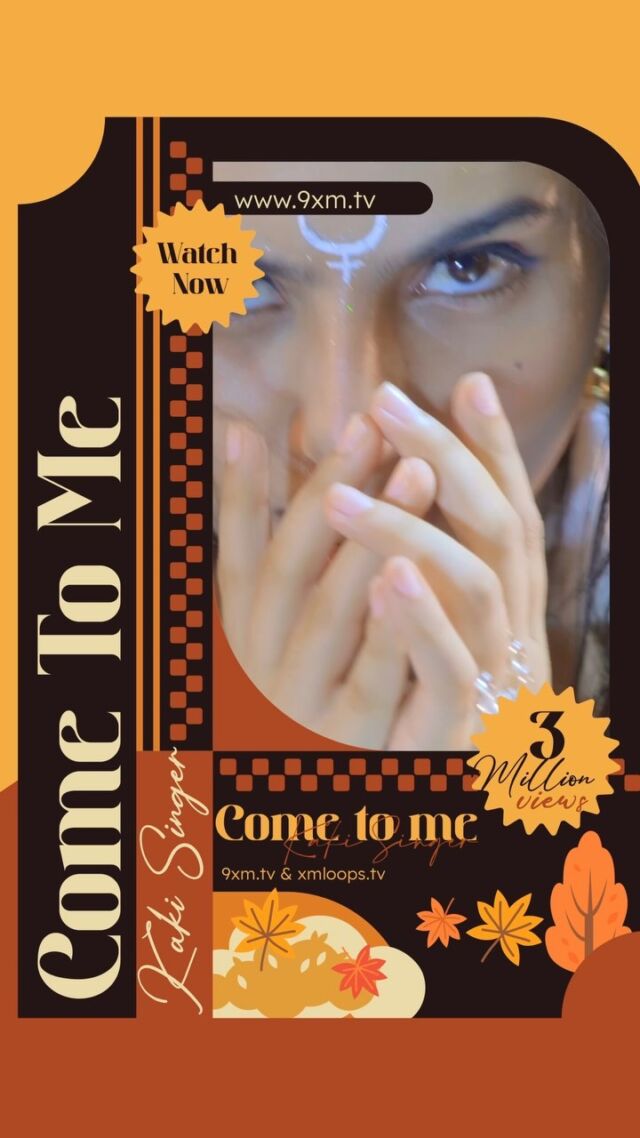
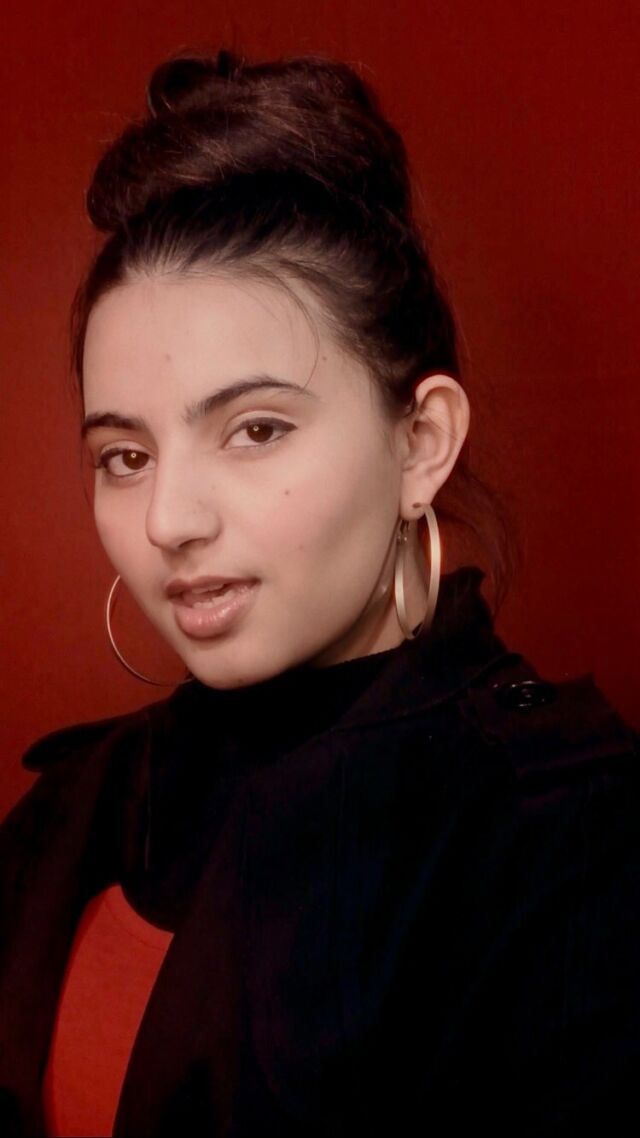
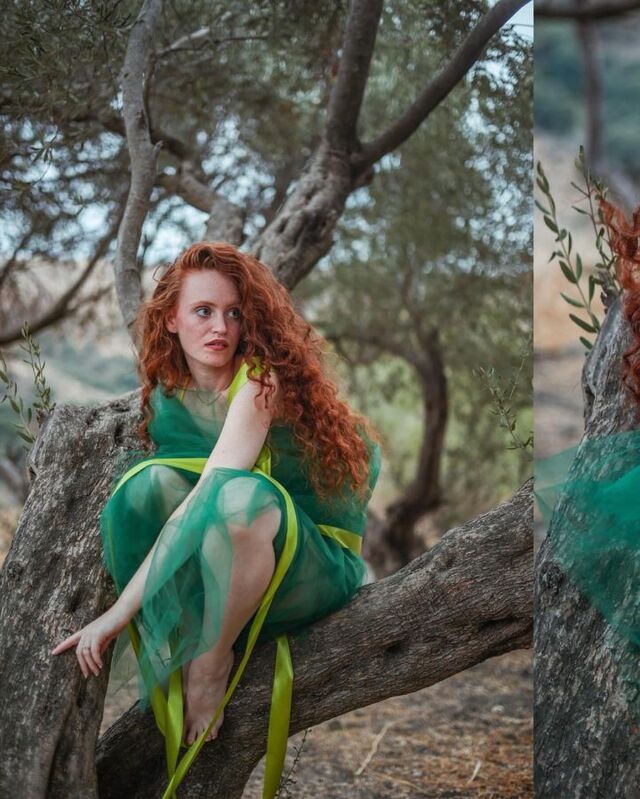
![Growing up learning Indian Classical Music, I’ve developed a deep appreciation for diverse musical genres, and techno is definitely one that has captured my interest. Got inspired to write this track by blending the beautiful melodies of Hindustani classical, particularly Raag Bhairav, with the beats of techno. Excited to share this fusion with you all!
Music by @miladzki
Check it out and vibe with me! 🎶✨
[ techno, newmusic, fusion, indianclassicalmusic, techno, music, kakisinger ]](https://talentsofworld.com/wp-content/uploads/wp-social-ninja/instagram/9xm.tv/18327743320185528_full.jpg)
![Listen to this Version of Dil Kho Gaya
Original Song From the Movie Dil.
Anand-Milind, Udit Narayan, Anuradha Paudwal sung this song
Music by Anand-Milind
Hope you guys like this Rendition of the Classic Song by Kaki Singer.
Like, Share & Comment.
[ Dil, Dil kho Gaya, old songs, Classic Bollywood, old song covers, retro songs, indian old songs, old hindi songs, melodies, kaki singer, Indian singers ]](https://talentsofworld.com/wp-content/uploads/wp-social-ninja/instagram/9xm.tv/17999564600299237_full.jpg)
